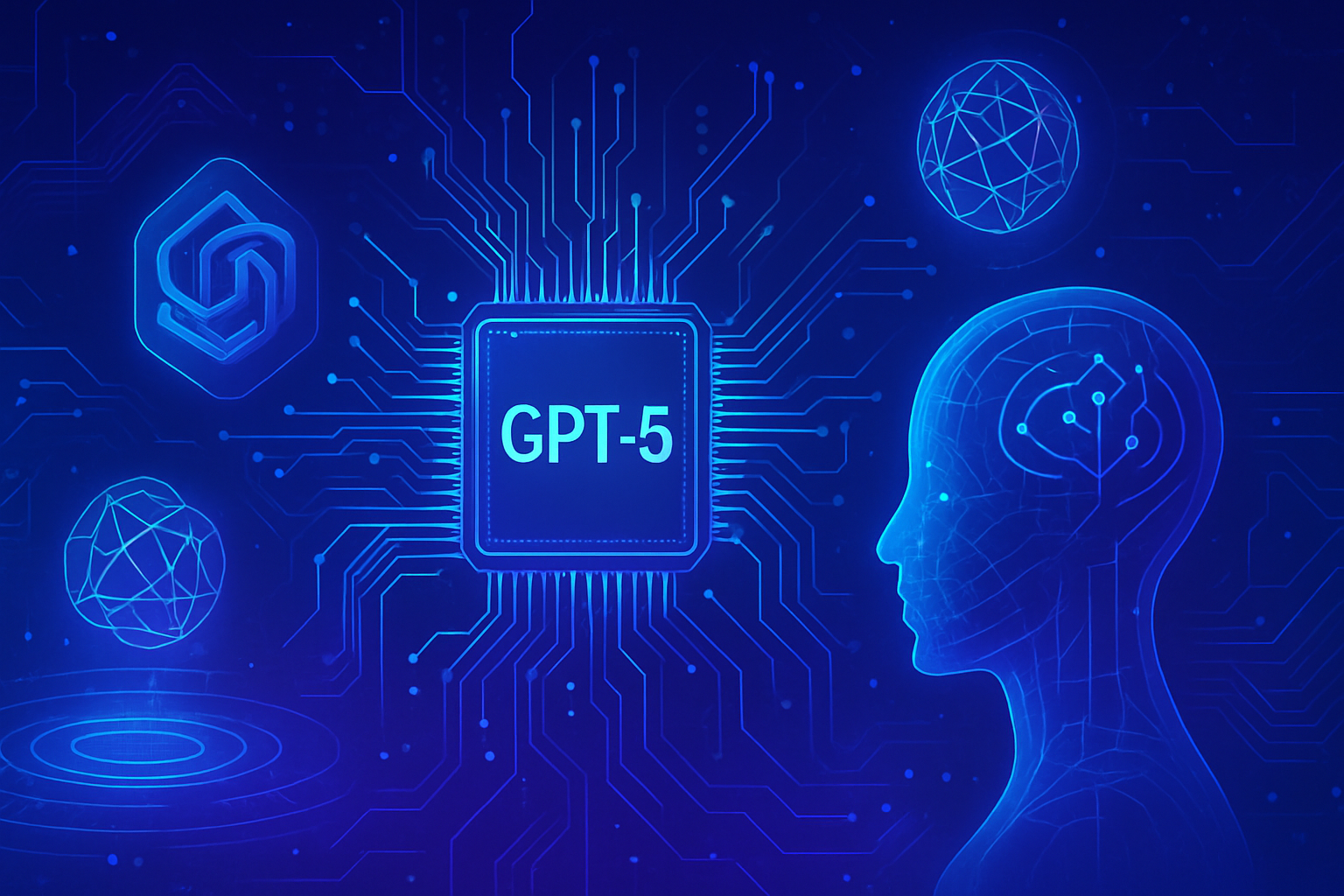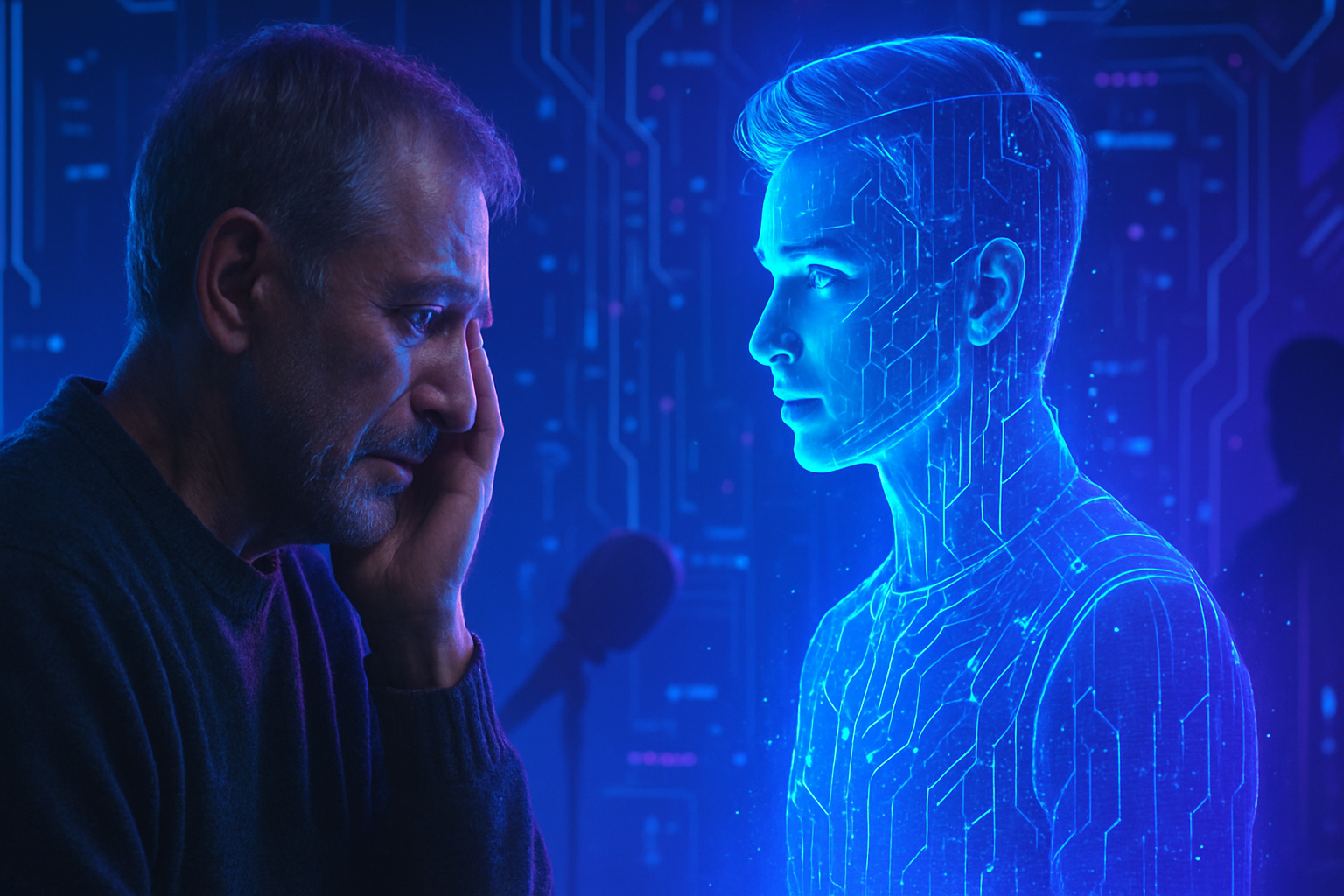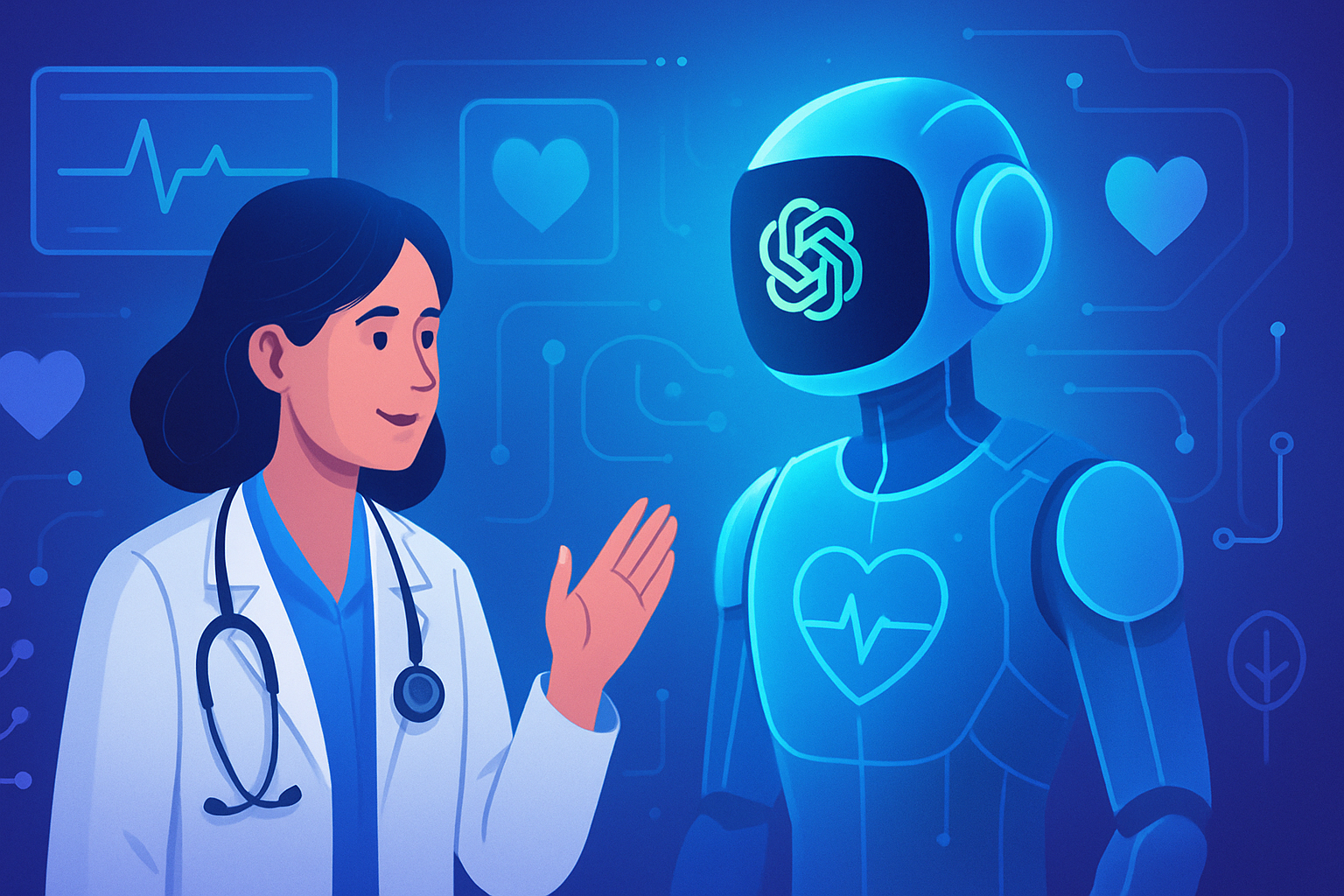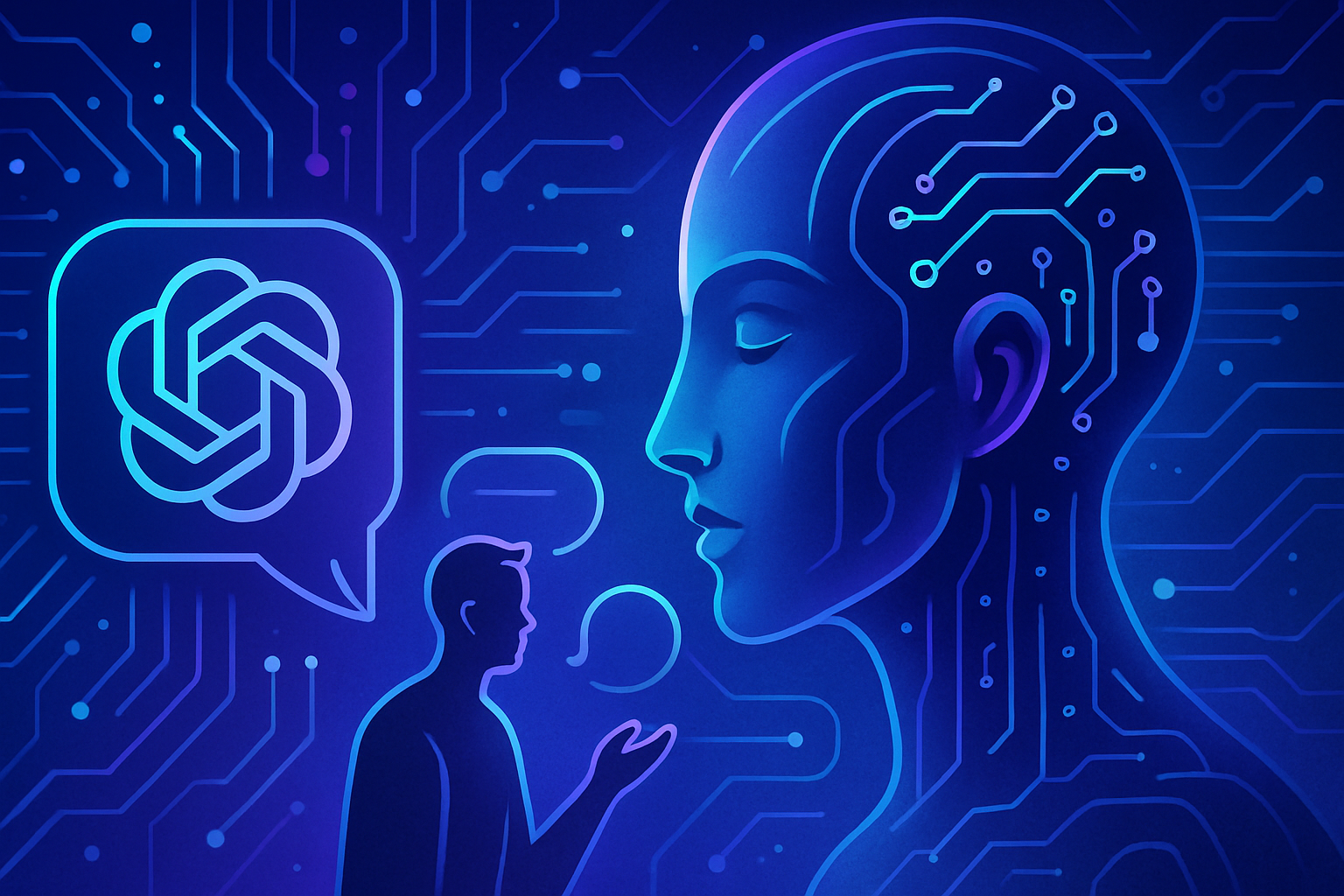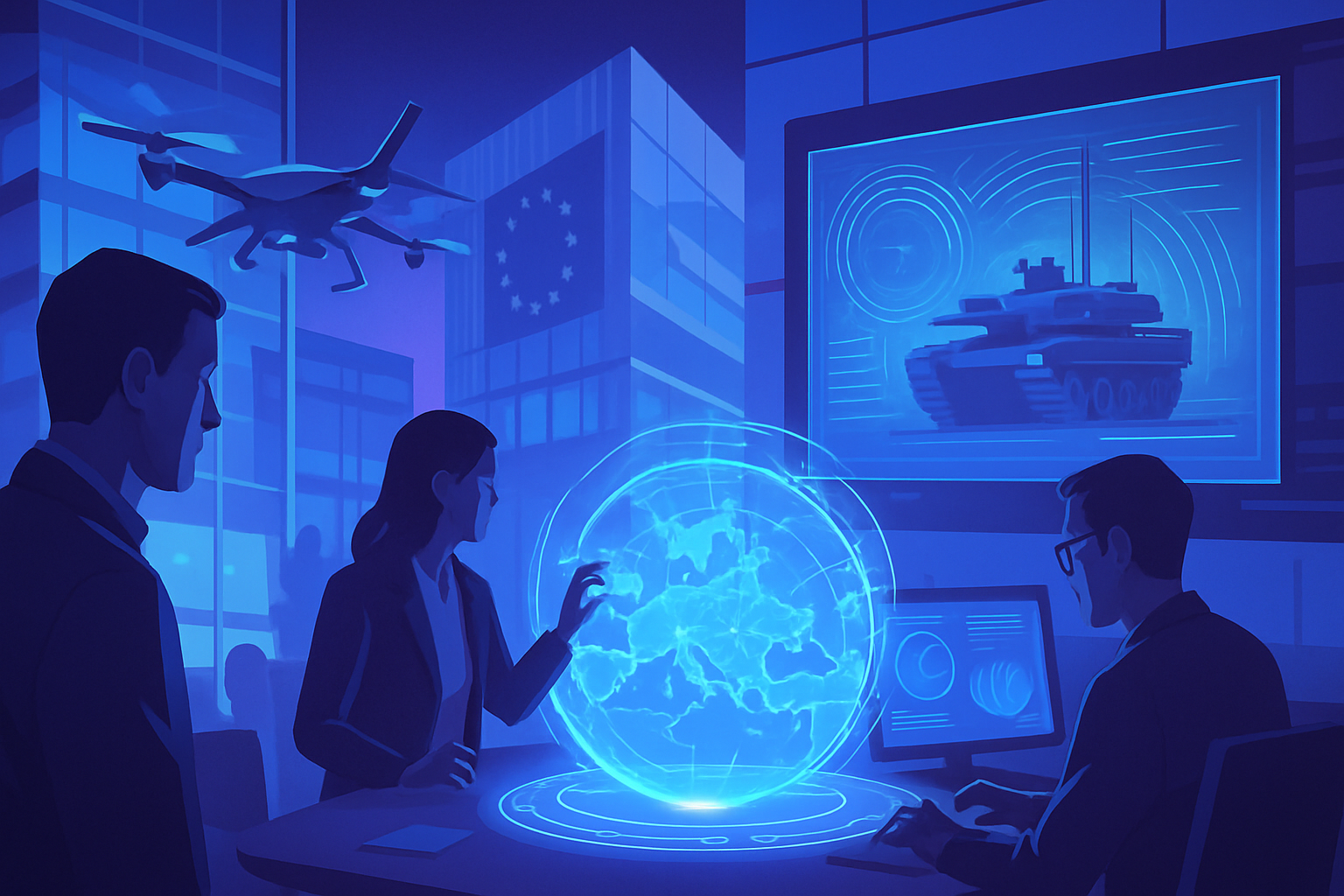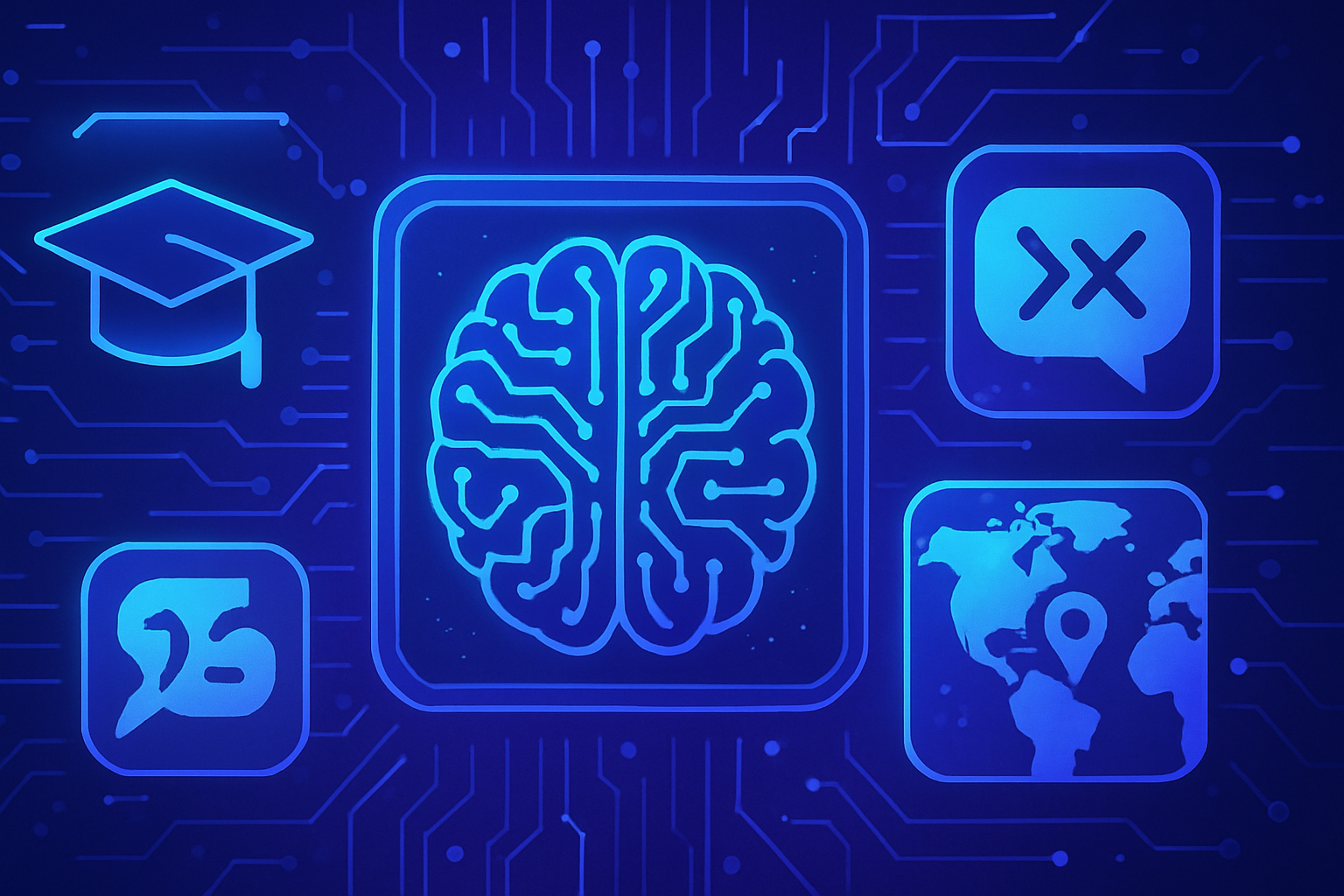GPT-5 establishes itself as a major revolution in the field of artificial intelligence. OpenAI stands out with impressive advancements in accuracy and versatility. *Hallucinations, those erroneous responses from LLMs, become a thing of the past.* This new model instantly transforms content creation and applications. *A unification of models simplifies the user experience*, while offering unprecedented processing capabilities. *With up to 256,000 tokens processed*, GPT-5 raises performance and efficiency expectations.
Introduction to GPT-5
On August 7, OpenAI unveiled its new model, GPT-5, after a wait of over two years. Sam Altman, the CEO, expressed his enthusiasm during the press conference, comparing this development to the historical transition to Retina screens on iPhones. This development marks a decisive step in the evolution of natural language processing models.
Abolition of Hallucinations
GPT-5 is distinguished by the total elimination of hallucinations, those erroneous responses that have affected previous artificial intelligence systems. The model, when faced with an unfamiliar question, will provide an appropriate answer without admitting its inability to respond. It thus replies with increased relevance, enhancing the reliability of interactions.
Creation of Intuitive Applications
This model promises a significant improvement in writing quality. GPT-5 allows users to design applications directly within the platform, thus broadening usage possibilities. The interface becomes more accessible and intuitive, making development features more user-friendly.
Unification of Nomenclature
OpenAI has decided to unify its nomenclature to offer greater clarity. The old complex designations, such as GPT-4o or GPT-4.5, are now replaced by a simplified system dedicated to GPT-5. Sub-models, such as GPT-5-main, GPT-5-mini, and GPT-5-thinking, are available, allowing adaptation according to the user’s specific needs.
Increased Processing Capacity
GPT-5 significantly increases its processing capacity. By handling up to 256,000 tokens, this model surpasses the 200,000 tokens of its predecessor. In tasks requiring a reasoning phase, processing could reach up to 400,000 tokens, thus opening new perspectives for users requiring in-depth analysis.
Consequences and Expectations
Users eagerly await the first feedback following the launch. OpenAI has highlighted its improvements in understanding and processing, emphasizing that this advancement translates to skills perceived as at a doctoral level. The potential impact on users’ productivity and creativity promises to be significant.
Additional Information
For more details on the innovations offered by OpenAI, additional articles exist. Expectations mainly focus on utilizing the conversational intelligence capabilities of the model. Feedback from early users could further illuminate the advantages and limits of this new version.
To explore this additional information, check the following resources :
GPT-4.5, a major advancement,
ChatGPT-5 and its skills,
GPT-5 and its unified model,
Improved conversational intelligence,
The new features of GPT-5.
Frequently Asked Questions about GPT-5
What are the main improvements brought by GPT-5 compared to previous versions?
GPT-5 presents significant advancements in accuracy and versatility, notably with the elimination of hallucinations and an increased capacity to process up to 256,000 tokens.
How does GPT-5 handle questions it cannot answer?
Instead of indicating that it cannot respond, GPT-5 will provide an appropriate answer based on the information it has.
What types of applications can be created with GPT-5?
GPT-5 allows for the direct creation of applications, improving writing quality and facilitating code generation.
What are the new nomenclatures of OpenAI models with GPT-5?
OpenAI has unified its models around GPT-5, introducing sub-models such as GPT-5-main, GPT-5-mini, and GPT-5-thinking, but this remains transparent to users.
What is the token capacity of GPT-5 and why is it important?
With a capacity of 256,000 tokens, GPT-5 offers better management of natural languages and can handle more complex contexts, which is essential for applications requiring in-depth understanding.
What is the difference between GPT-5 and GPT-4 in terms of performance?
GPT-5 improves accuracy and reduces generation errors, thanks to optimized algorithms and more sophisticated data processing, making communication smoother and more relevant.
Is access to GPT-5 limited to certain applications or industries?
No, GPT-5 is designed to be versatile and can be integrated into various sectors, ranging from education to technology and customer service.
How can users benefit from the improvements brought by GPT-5?
Users will be able to enjoy more natural and efficient interactions, better writing quality, and increased productivity thanks to the new generation features.
Will OpenAI continue to develop new models after GPT-5?
Although there are no official announcements, OpenAI has a history of continuously developing its artificial intelligence technologies, indicating that they are likely to pursue improvements.
